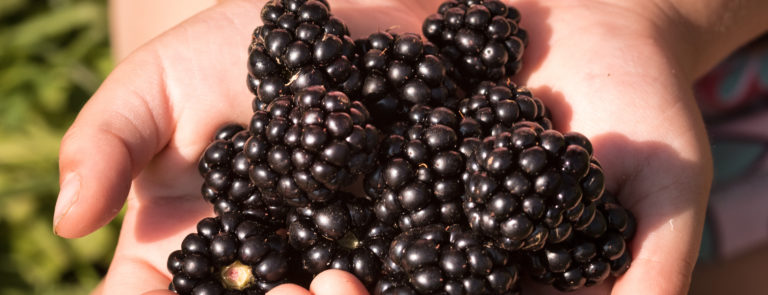20% off €40
5 gluten-free sources of fibre
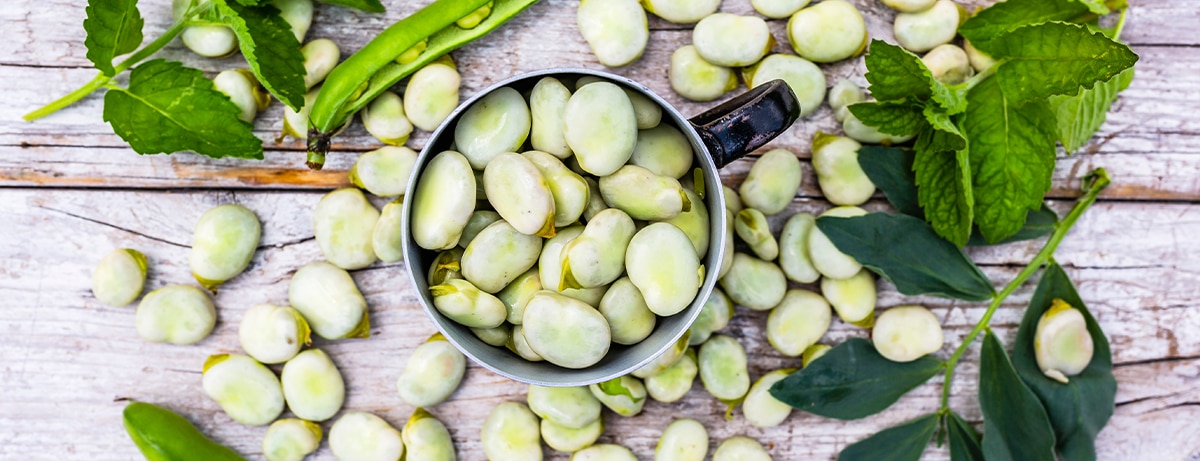
Most people in the UK do not eat enough fibre, in fact, a survey of adults found that most women consume just 12.6g of fibre a day – well below the recommended 18 grams. If you’re following a gluten-free diet it might feel even more difficult to get enough fibre on a daily basis.
When it comes to fibre, many people tend to think of bread and cereals which usually contain gluten. But the best forms of fibre actually come from unprocessed foods like beans, nuts, seeds and fruit and vegetables – the fibre is what makes the vegetables stand up!
Here we’ll shine a spotlight on why fibre is so important and five of the best gluten-free foods that you can add to your diet today.
Skip to: Why is fibre important? | 5 gluten-free high-fibre foods | Other high-fibre foods that don't contain gluten | Easy tips to increase your fibre intake | The bottom line
What is fibre, and why is it important?
An important part of a healthy, balanced diet, fibre is a complex group of substances found in plants that pass through the body without being absorbed. It helps to regulate our body’s use of sugars and in turn, helps to keep us feeling full, keeps our blood sugar in check and keeps our digestion moving.2
Fibre is found in many foods like cereals, fruit, vegetables and pulses (like peas and lentils). However, despite its prevalence, it’s still thought that most adults only get around 20g of fibre, when the recommended amount is around 30g of fibre a day.3
5 high-fibre gluten-free foods
A gluten-free diet can be lacking in fibre because of the exclusion of cereals, wheat, rye, and barley.4 So, if you’re following a gluten-free diet, you might be wondering what foods are high in fibre and fit with a gluten-free diet too.
Luckily, there are plenty of gluten-free foods that are a good source of fibre, and here are just 5:
Chia Seeds
Chia Seeds
Boasting one of the highest soluble fibre contents in the world (36g of fibre per 100g of seeds5), chia seeds are the perfect gluten-free breakfast food.6 They are also packed with omega-3 fatty acids and thanks to their gel-like quality, chia seeds will expand in your stomach and keep you feeling full for longer.6
Try making a chia pudding by soaking chia seeds overnight in almond or coconut milk, adding them to smoothies or coating fish or chicken in chia seeds (rather than breadcrumbs) for a delicious gluten-free meal.


Cacao Nibs
Cacao Nibs
Rejoice! Chocolate contains fibre. Cacao nibs – cacao beans that have been separated from their husks – provide the highest dose at 28.6g of fibre per 100g of nibs.7
Unlike conventional chocolate, cacao nibs are sugar-free and have a slightly bitter flavour. But it’s worth getting used to their taste. Rich in magnesium, cacao nibs will help lower your stress levels naturally and keep you feeling focused and alert, thanks to the amino acid phenylethylamine (PEA) they contain.8
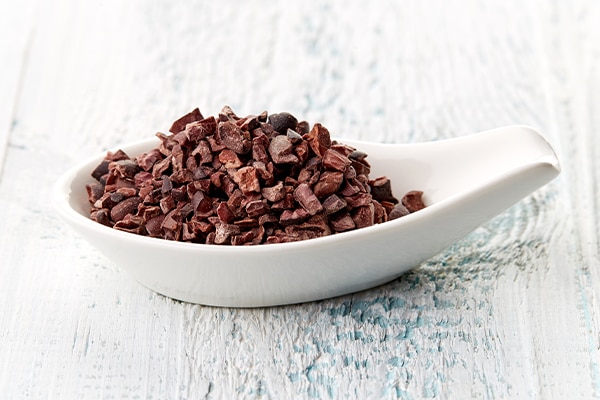

Adzuki Beans
Adzuki Beans
With a low glycaemic index and high fibre content of 13g per 100g of beans, adzuki beans are a great addition to many meals like curries, burrito bowls and more9. They help keep your blood sugar levels stable and also provide a nutritious combination of protein, gluten-free carbohydrates, and friendly bacteria, which feed the friendly bacteria in your stomach.10
Try adding adzuki beans to soups or experiment with substituting beans for flour in your next batch of brownies.
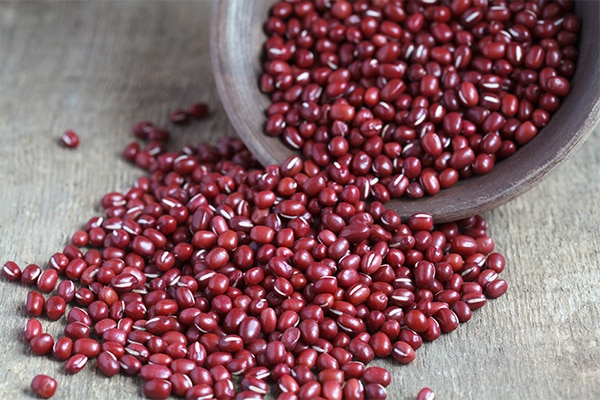

Broad Beans
Broad Beans
Brighten up your summer dishes with these delicious beans, that have a fibre content of 8g for every 100g of beans11. A type of legume, not only are broad beans a good source of protein and fibre, but they are also rich in vitamins A and C.
You can sprinkle them on salads, mix them into a delicious dip or make a broad bean mash to accompany your evening meal.12 They also make a delicious gluten-free snack in so many formats, but if you’re gluten-intolerant, look out for labels on processed broad bean snacks as they often contain wheat flour.
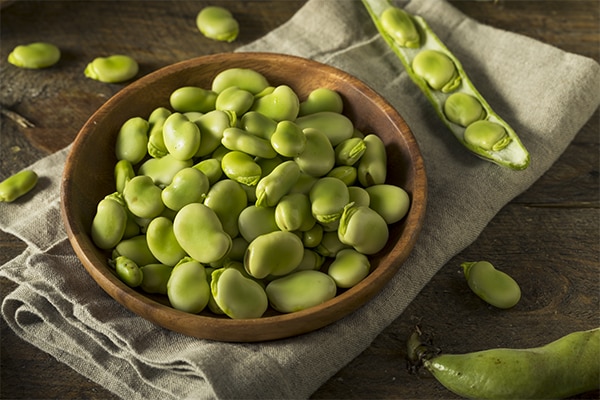

Green Peas
Green Peas
A staple side for so many meals, green peas are actually a great source of fibre, with around 5g for every 100g of peas.13
Not only are peas high in fibre, but they also help to keep you feeling full and are a great source of protein.14 Just make sure you check the label to make sure that any green pea snacks don’t contain gluten, that includes pea protein powders too!
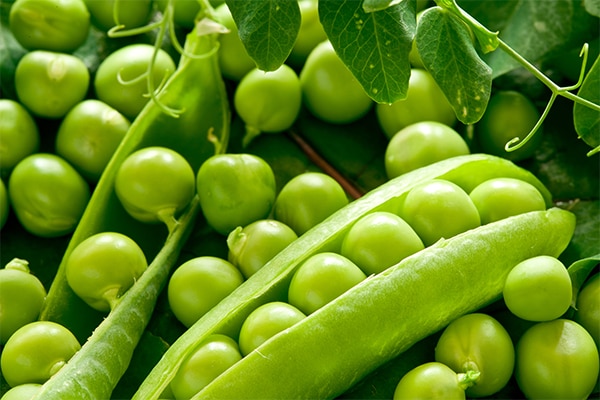

Other high-fibre gluten-free foods:
Wholegrains
Some whole grains are also a great source of gluten-free fibre, and luckily, they’re often used in lots of your favourite snacks. Gluten-free wholegrains include:15
- Corn (this means popcorn too)
- Brown rice
- Gluten-free oats
- Quinoa
- Buckwheat
Potatoes
Good news if you’re a carb lover, potatoes, especially jacket potatoes are high in fibre – especially if you eat the skin too!16 We’re not talking fries or chips though, as these are often fried in oil with added salt, instead stick to the basics and have your potatoes baked, mashed, or boiled.17
Other potatoes like sweet, red, and purple also have high fibre content, so there are plenty of options to choose from for a delicious, high-fibre addition to many meals.19,19,20
Nuts
Easy to snack on and tasty too, nuts are a great way to add more gluten-free fibre to your diet. Nuts like chestnuts, almonds and hazelnuts are thought to contain the most fibre, but adding a handful of mixed nuts to your day as a gluten-free snack can add an extra 2g of fibre.21
Easy tips to increase your fibre intake
- Try to include at least 5 portions of fruit and vegetables every day
- Add pulses like peas or lentils to your meals
- Try out gluten-free wholegrains like quinoa
- Add naturally gluten-free foods like potatoes and brown rice to your meals
- Snack on fruits, nuts, or seeds to keep you feeling full22
The bottom line
Getting enough fibre is an important part of a healthy lifestyle, but cutting out gluten from your diet doesn’t mean cutting out fibre too – you can still get plenty, just from gluten-free fibre rich foods. Why not get creative with your meals and snacks, by adding in gluten-free fibre sources?
If you’re concerned about your fibre intake, you should talk to your GP as they can offer more in-depth advice tailored to you.
1. https://www.food.gov.uk/sites/default/files/media/document/ndnsfullreport.pdf
2. https://www.hsph.harvard.edu/nutritionsource/carbohydrates/fiber/
3. https://www.nhs.uk/live-well/eat-well/digestive-health/how-to-get-more-fibre-into-your-diet/
5. https://fdc.nal.usda.gov/fdc-app.html#/food-details/170554/nutrients
6. https://www.hsph.harvard.edu/nutritionsource/food-features/chia-seeds/
7. https://fdc.nal.usda.gov/fdc-app.html#/food-details/2175642/nutrients
8. https://morugacacao.com/en/blogs/news/phenylethylamin-pea-in-kakao
9. https://fdc.nal.usda.gov/fdc-app.html#/food-details/173727/nutrients
10. https://www.mdpi.com/1420-3049/27/18/6079
11. https://fdc.nal.usda.gov/fdc-app.html#/food-details/168574/nutrients
12. https://pubmed.ncbi.nlm.nih.gov/2244168/
13. https://fdc.nal.usda.gov/fdc-app.html#/food-details/170419/nutrients
16. https://fdc.nal.usda.gov/fdc-app.html#/food-details/170030/nutrients
17. https://pubmed.ncbi.nlm.nih.gov/23674809/
18. https://fdc.nal.usda.gov/fdc-app.html#/food-details/168482/nutrients
19. https://fdc.nal.usda.gov/fdc-app.html#/food-details/170029/nutrients
20. https://fdc.nal.usda.gov/fdc-app.html#/food-details/1991177/nutrients


